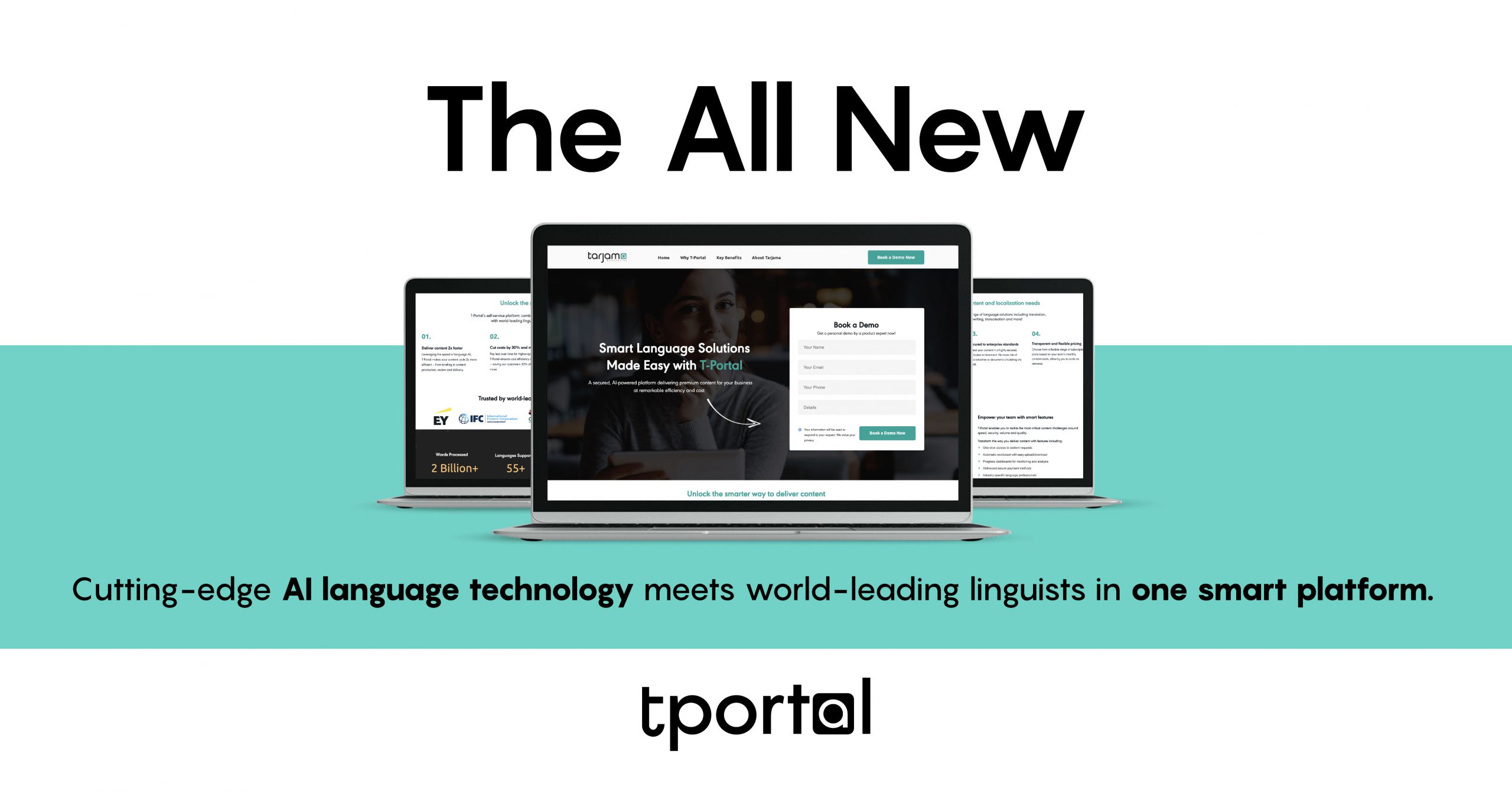Inbound marketing is a new age marketing method used to attract potential customers to products and services through targeted online content that is catered specifically to their needs and interests. Unlike outbound marketing – such as TV, radio, or print ads – in bound marketing promotes products through creating awareness and adding value, which makes blogging one of the main forms of inbound marketing.
Regarded as part of a business’s content marketing strategy, a blog is part of the website where articles of relevance to the business are published. Depending on the marketing content strategy, blogs can be entertaining, informative, engaging, or a combination of them.
In the age of digital marketing, strong online presence is pivotal for business success. To that end, blogging is necessary to instill a positive brand image and spread brand awareness.
What Makes Blogging Such a Strong Marketing Tool?

1. Stand out as a field expert
Consistent blogging reflects your commitment to your community. But frequency without proper content planning isn’t enough. It is imperative that you study your competitors as well as your prospects and build a content plan that is aligned to the market interests and needs. The more insightful the content you publish, the more it reflects your field expertise. If prospects find answers to their questions on your website, they are more likely turn to your product or service to meet their needs. This goes a long way in helping you gain the trust of your customers.
2. Attract more traffic
A well written blog post is not only informative, it helps your website rank higher on search engines. Your brand visibility increases as the number of unique and recurring visitors increases. It also increases through the proper use of SEO keywords.
Having the right traffic on your website is an excellent chance to subtly promote your products and services. At the end of your blog post, you should include a call to action that entices them to go from readers to customers.
3. Generate demand
Before launching a product, your blog can serve as a platform through which you build anticipation for your new release. You can give details of what the product does and why your customers should invest in it.
Apple, for example, has built its business model around this approach. Before the release of any of their new products, promotional events are held to announce the upcoming release and educate the audience on its new and upgraded features.
4. Add value to your community
Blogging improves your customers’ user experience by addressing their concerns head on. Including a tab for FAQs (Frequently Asked Questions) on your blog enables your users to get easy access to difficulties that may arise during their experience. Ensuring a smoother experience for more customers can easily attract more prospects to your business.
What are the Different Types of Blogs?
- Business blog
Blogging as an inbound marketing tool relies on establishing and instilling your brand identity without explicitly promoting your products and services. Your business blog helps you achieve this by writing about the latest in the industry you operate in, ‘how-to’ blog posts that educate and add value to your community, or even light reads that entertain yet link back to your brand persona.
After your community has matured, you can also engage them by creating content inspired by their questions and requests. The more engaged your community is, the more loyal they are likely to be to your brand, and the more willing they are to invest in your product or service.
A carefully designed content plan enables you to hook the readers and encourage them to try your product or service without having to directly sell it. - Guest blog
Also known as a collaborative blog, this time of blog is a collaboration space where you invite experts to discuss different topics that are relevant to your brand identity and industry. Allowing guests writers to contribute to your blog gives the reader a fresh perspective and eases the pressure on you to come up with new content regularly. Guest writers can discuss topics you might not be well versed in or offer a different approach to an issue. - Niche blog
As the name suggests, niche blogs focus on a specific topic – which may or may not be of wide popularity. Given the specificity of niche blogs, once the blog has reached a certain level of popularity, it is easy to turn it into a lucrative business, as opposed to the traditional approach of starting a blog to complement an existing business. - Affiliate blog
Instead of promoting your own product or service, affiliate blogs focus on reviewing other products and sharing tutorials on how to put them to the best use. In return for promoting products and services, you receive a commission from the sales made through your affiliate links.
What are the Best Strategies that Guarantee a Successful Blog?
- Write with passion
Passion doesn’t just reflect on your satisfaction as you build the blog, it shows in every post your write. In order to stand out against the crowd of competitors who write about the same industry or promote similar services and products, you must offer your readers a different perspective. Your passion for the topics you write about is what fuels your willingness to go the extra mile and serve your readers a different flavor from what everyone else offers.
While some topics can stem from your personal expertise, others can be more inquisitive and based on thorough research. One way your blog helps you cement your image as a market leader is by sharing practical solutions to common problems experienced in your field. - Advertise your blog
Paid advertisements on social media can be a useful way to attract readers to your blog. Alternatively, you can become a guest blogger on an established website. By focusing your contributions on your area of expertise, you can advertise your blog in the author profile at the bottom of the article. - Start a newsletter
Emails are one of the most direct means of communication with your community, but they have to be devised with caution so as not to push the recipients to unsubscribe. A successful newsletter helps your audience stay up to date with your latest news and published posts as well as any special offers on your products and services. - Use social media
Social media presence is crucial for building an engaged community. Depending on your type of business and target audience, you can pick the most suitable channels to be present on. But beware not to stretch yourself too thin as you need to keep all of your channels alive with fresh content that is posted consistently and frequently.
Your social presence allows your community to interact with you directly as well as get notified with your latest releases in a timely manner. - Post consistently
If you’re ever in question whether quantity should precede quality, the answer is always: no! Too many posts that do not add value to your brand may be detrimental to your business. However, it is also quite important to post at steady intervals.
Updating your older posts also helps them rank higher on search engines. The Market Insider Groupy advises creating fresh content on your blog two to four times a week. To make sure your blog offers a cohesive and smooth experience to your audience, plan your content calendar ahead and evaluate its success as you go.
What are the Factors that Determine the Right Strategy for You?

- Time
Writing a quality blog post takes a significant amount of time. If the project is urgent, it is better to outsource it to allow you and your staff to focus on other tasks. - Budget
Outsourcing is usually more expensive than relying on in-house marketing staff. However, the quality of work done may be higher, increasing the popularity of your blog. - Talent
If you or your staff lack the skill or interest to fully cater to the blog’s needs, you may require outsourcing a writer with more expertise to lift that burden off your shoulders.
How to Choose Between In-house and Outsourced Writers?

Building and executing a successful content plan is a lot of work and commitment and requires a dedicated team. But not all companies have the capacity to hire a full-fledged full-time content team. In this case, you may have to outsource the needed talents as you go.
Here are four options for you to consider when assigning writing projects:
- In-house: Taking the responsibility upon yourself to write the needed content. This is sometimes the only option if you are the only one on the team with the right skills for the job.
- In-house: Assigning the task to the marketing/content team within your company.
- Outsourcing independent freelancers.
- Outsourcing a content creation agency. Agencies are usually more expensive than individual freelancers. However, they ensure a high return on investment by producing high quality content.
Starting a blog is easy but starting a competitive and successful blog requires hard work and determination. Attracting and maintaining an audience for your blog will need you to be original, informative and consistent in publishing fresh content.
If the process is too complex, let us help you. Contact our team of expert industry-specific linguists and shrug off any concerns about building and maintaining your blog.





















